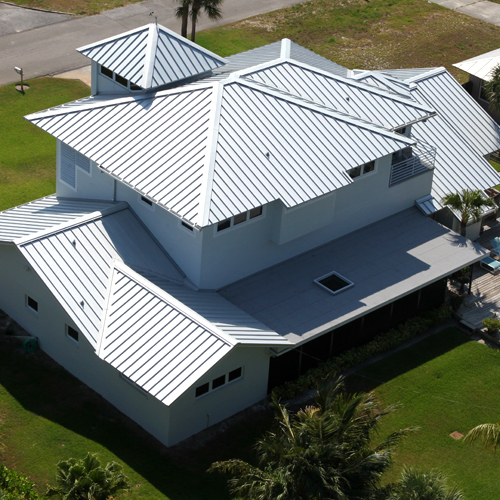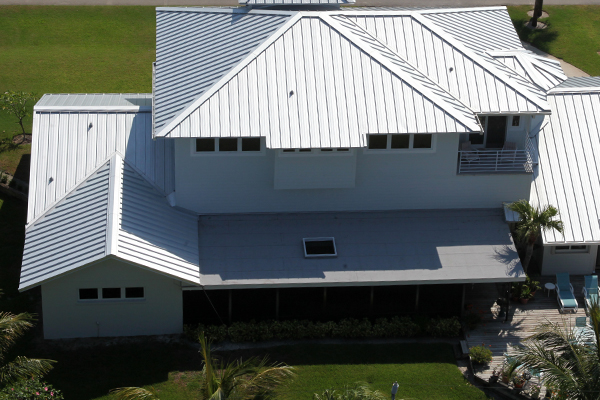In our prior blog post, Urban Heat Islands, Part 1: How Cool Metal Roofs Benefit the Community, we identified the existence of urban heat islands and their contribution to higher air temperatures that are found in urban areas compared to surrounding locations. We also identified a high Solar Reflectance Index (SRI), on a scale of 0-100, as the means to specify materials that can help reduce urban heat islands and benefit entire communities. In this post, let’s focus on the specific benefits to the building owner when cool metal roofs are used.

Energy Savings for Cool Metal Roofs
In many commercial and industrial buildings, energy use is one of the largest ongoing operating expenses, meaning that building owners and operators are usually quite interested in lowering or controlling that expense. Cool metal roofs with a high SRI rating can help with that quest. For instance, since air conditioning is commonly a larger cost that heating for many such buildings, it is a natural place to target. Lowering the temperatures at the roof means there is less heat surrounding the building, reducing air conditioning load and directly impacting energy costs.
Comfort in Outdoor Areas
Some building types, such as restaurants, retail, and entertainment facilities, rely on outdoor seating or gathering areas to support their business. If urban heat islands make these spaces uncomfortable to spend time in, the business usually suffers too. Providing these buildings with high-SRI metal roofing can improve the situation.
Long-Term Durability
Building materials can degrade prematurely if they routinely exposed to high heat. The heat can cause them to dry out, become brittle, or simply decompose faster than expected. Using high-SRI roofing is not only good for the longevity of the roofing, it can be good for the durability of the materials directly under the roof as well. Roof sheathing and other substrate materials directly in contact with the roofing receive the same intense solar radiation that the roofing surface does.
Attic spaces below the roofing plane also receive the heat, making attic temperatures in excess of 130 degrees common, causing degradation of materials in those spaces, including mechanical and electrical equipment. That could mean more expansion and contraction of connections and joints or it could mean that air conditioning duct work is being heated, contrary to the efficient operation of the system. In any of these cases, a cool metal roof will help alleviate the negative impacts of solar heat and allow materials to achieve full life expectancy.
Supports LEED Certification
In the Sustainable Sites category of the LEED rating system, Heat Island Reduction can be selected as a credit to receive either one or two points toward certification. This credit relies on both roof and non-roof strategies and looks for calculations of solar reflectance (SR) and demonstrated Solar Reflectance Index (SRI) levels on specified products.
Favorable Payback
All of these benefits above can translate to financial benefits to the building owner or operator. Any cost premium incurred for selecting a high-SRI cool metal roof can likely be realized very quickly in energy cost savings, increased business, or maintenance and durability savings. In addition, the benefits of human comfort and achievement of LEED or other sustainability goals can be realized for the life of the building.
